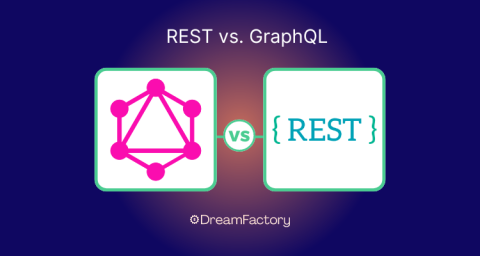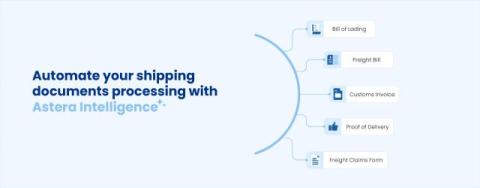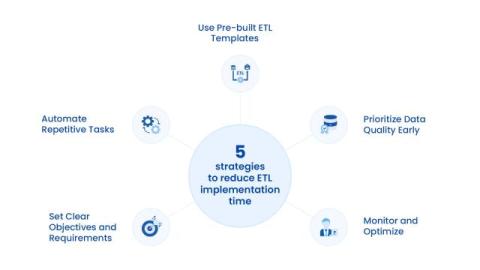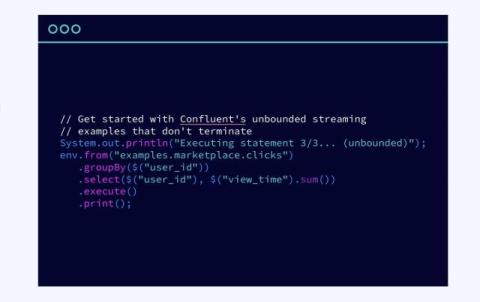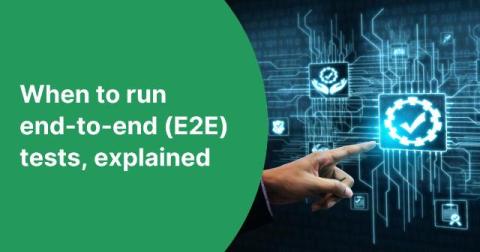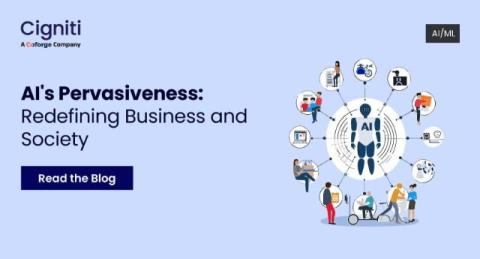REST vs. GraphQL: Which API Design Style Is Right for Your Organization?
The evolution of APIs (application programming interfaces) has been all the hype in recent years. In many ways, they're powering the modern internet as they open doors to organizations and developers around the globe. Data shows that 98% of enterprise leaders believe APIs are essential for survival concerning digital transformation, yet most struggle to develop a comprehensive rollout strategy.


